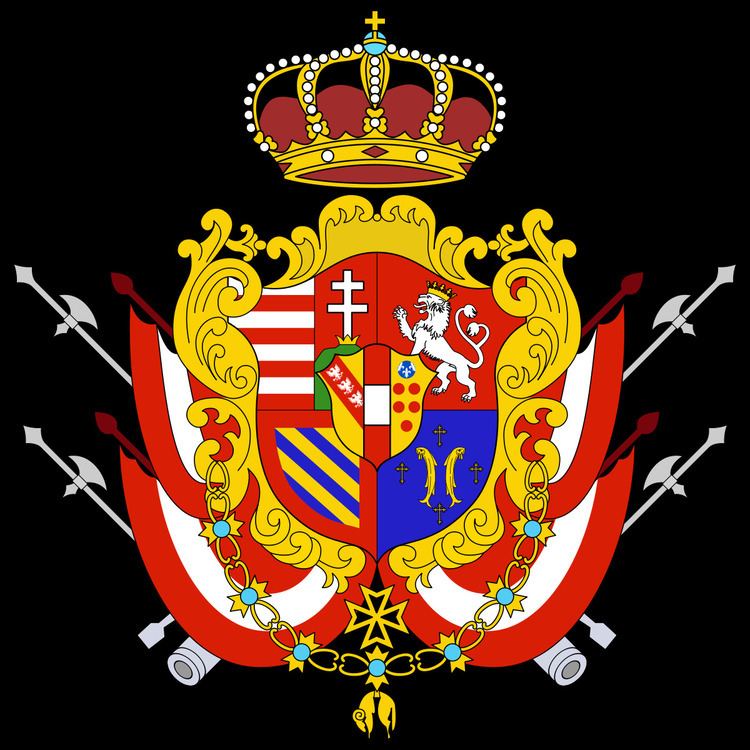Formation 27 August 1569 | Abolition 16 August 1859 | |
 | ||
Style His/her Imperial and Royal Highness First monarch Cosimo I de' Medici, Grand Duke of Tuscany Last monarch Leopold II (de jure)
Ferdinand IV (de facto/titular) Pretender(s) Archduke Sigismund, Grand Duke of Tuscany | ||
The rulers of Tuscany have varied over time, sometimes being margraves, the rulers of handfuls of border counties and sometimes the heads of the most important family of the region.
Contents
- House of Boniface
- House of Boso
- House of Boniface restored
- Nondynastic
- House of Canossa
- De facto rulers of the Albizzi family 13821434
- Rulers of the House of Medici 1512 1532
- Bourbon Parma Kings of Etruria 18011807
- Habsburg Lorraine Grand Dukes of Tuscany 18141860
- Titular Habsburg Lorraine claimants 1860present
- References
House of Boniface
These were originally counts of Lucca who extended their power over the neighbouring counties.House of Boso
These were the (mostly illegitimate) relatives of Hugh of Arles, King of Italy, whom he appointed to their post after removing the dynasty of BonifaceHouse of Boniface (restored)
Nondynastic
House of Canossa
These were the descendants of the Counts of Canossa.Nondynastic
After this, Tuscany was splintered between the competing republics of Florence, Pisa, Siena, Arezzo, Pistoia and Lucca. Since the 14th century, Florence gained dominance over Pistoia (1306, officially annexed 1530), Arezzo (1384), Pisa (1406), and Siena (1559). Lucca was an independent republic until the Napoleonic period in the 19th century.
De facto rulers of the Albizzi family, 1382–1434
Rulers of the House of Medici (1512-1532)
After the Sack of Rome, Florence overthrew the Medicis once More and became a Republic, until Pope Clement VII, signed a peace treaty with Charles V, Holy Roman Emperor who then invaded Florence and restored the Medicis.
Bourbon-Parma Kings of Etruria, 1801–1807
Tuscany was annexed by France, 1807–1814. Napoleon's sister Elisa Bonaparte was given the honorary title of Grand Duchess of Tuscany, but did not actually rule over the region.
Habsburg-Lorraine Grand Dukes of Tuscany, 1814–1860
Leopoldo II was driven from Tuscany by revolution from 21 February to 12 April 1849, and again on 27 April 1859. He abdicated in favor of his son, Ferdinando IV, on 21 July 1859, but Ferdinando IV was never recognized in Tuscany, and was deposed by the provisional government on 16 August. Tuscany was annexed by Piedmont-Sardinia, on 22 March 1860.
